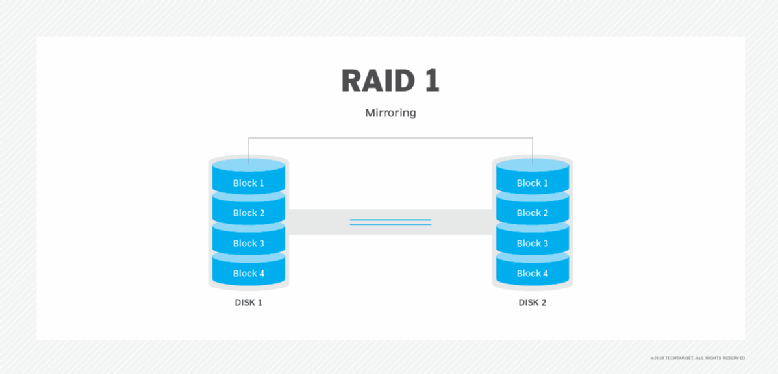Symptoms
Fortunately, I keep my boot drive and my data drive separate. This lets me still have a functioning computer with an OS. Furthermore, I only store application data in my HDD while my important files like documents and pictures get stored in an external drive which is backed up to the cloud. Not much damage done.
Troubleshooting
Solution
Enter RAID (Redundant Array of Independent Disks). Specifically, RAID 1. This is a storage virtualization technology that enables data redundancy. In RAID 1, data is written to two or more drives, each drive having a full copy of all the data. If one drive fails, the other drives still have the data. No data loss while you replace the dead drive and rebuild the RAID array.
At a minimum, I needed two new drives for RAID 1 to work. The disadvantage of RAID 1 is that you pay for two drives for the storage capacity of one. But I think the redundancy this enables makes it worth it.
Catch-22
After hooking up the new hard drives, I was ready to configure RAID. In my case, this involved going to the BIOS and changing the SATA Mode to use RAID Mode, then selecting both hard drives to form the new RAID volume.
So far so good. Reboot.. BOOM! Black Screen of Death.
After some Googling, it turns out that in my case, Windows cannot operate in RAID Mode because the necessary drivers were not installed. But in order to install the drivers, RAID Mode needs to be selected in the BIOS. A paradox! A dead lock! Apparently, this was usually done before installing Windows on the system. I had no choice. I had to reformat and do a fresh install of Windows.
Fast Forward
It worked without a hitch after a fresh install of Windows. I can monitor the RAID volume's health using built-in applications. With this, future hard drive failures will no longer be an issue.







